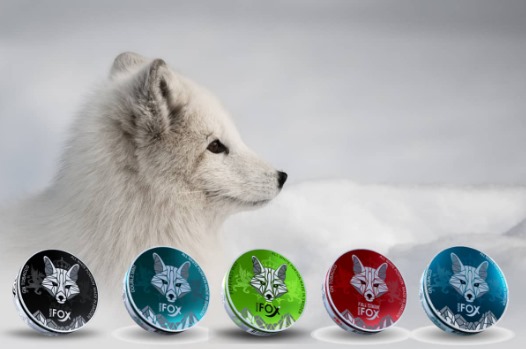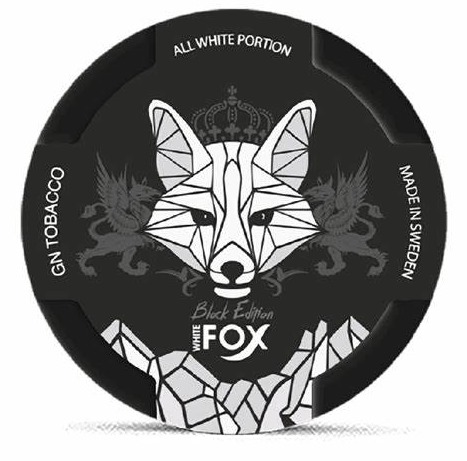Snus is a moist, smokeless tobacco product that originated in Sweden. Unlike chewing tobacco, you place small pouches under your upper lip without needing to spit. The traditional Swedish version comes in flavors like mint and wintergreen.

How Snus Differs From Smoking
Swedish snus undergoes a pasteurization process rather than fermentation. This method reduces harmful bacteria and toxicants. The tobacco is air-cured, which lowers levels of certain carcinogens compared to fire-cured tobaccos used in other products.
Since snus isn't burned, users avoid inhaling smoke, tar, or carbon monoxide - the primary dangers of cigarettes. Research shows Swedish snus users face significantly lower risks of lung cancer and respiratory diseases compared to smokers.

Usage and Availability
In Scandinavia, snus comes in two forms: portioned pouches (similar to tea bags) or loose powder. Sweden regulates snus as a food product, with strict limits on contaminants like nitrosamines. The U.S. market lacks these regulations, resulting in potentially more hazardous versions.
While nicotine pouches have gained popularity, they differ from traditional snus by containing no actual tobacco - just plant fibers infused with nicotine.

Health Considerations
Studies suggest Swedish snus carries about 90-95% less risk than continued smoking. However, it's not risk-free. Heavy use (4+ cans weekly) may slightly increase diabetes risk, though findings remain inconclusive.
Sweden's public health data shows remarkable results: only 5% of adults smoke daily (Europe's lowest rate), while 23% of men use snus. The country boasts Europe's lowest tobacco-related mortality rates.
Norwegian trends mirror this pattern, with just 1% of young women smoking versus 12% using snus daily. Both countries credit snus availability with helping reduce smoking rates.
